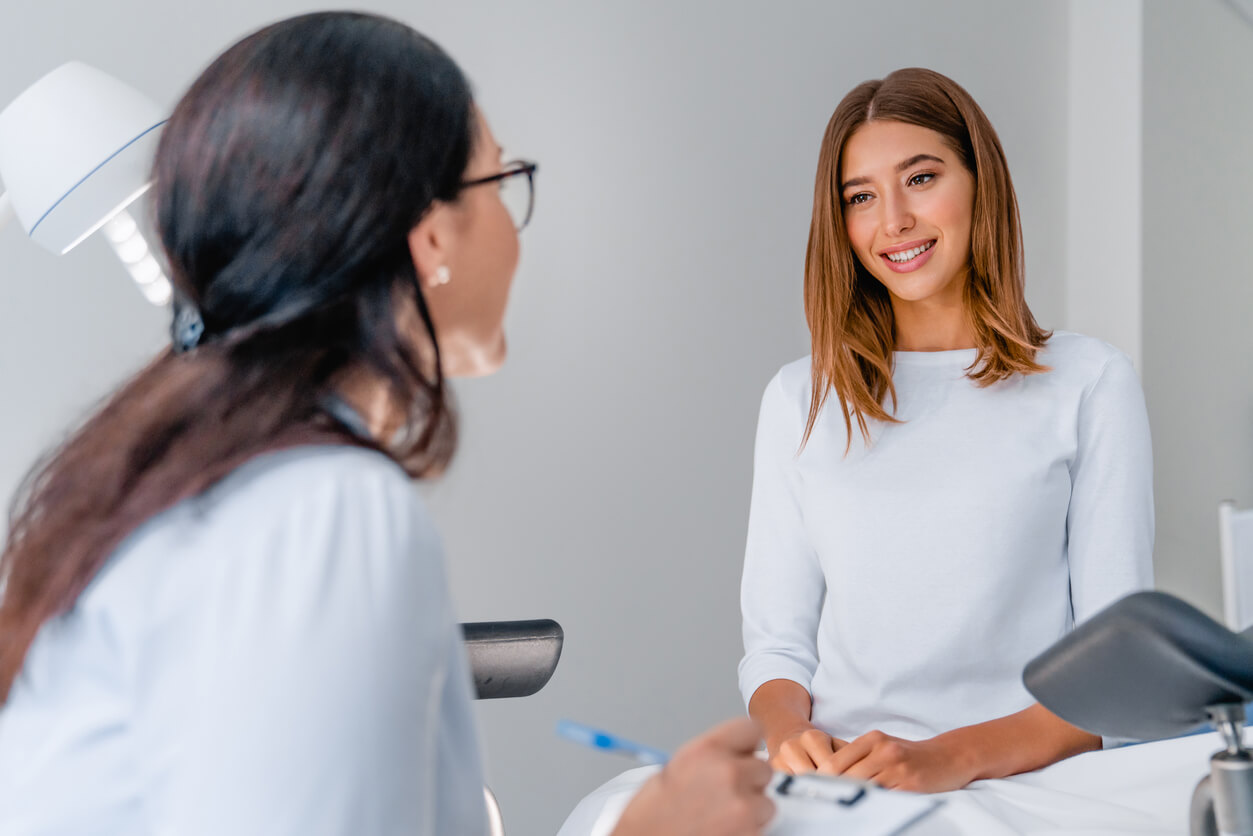If you’ve dealt with a yeast infection, you are not alone. Yeast infections are very common, and most women experience them at some point in their life. If you’re experiencing vaginal discomfort, irregular discharge, or vaginal itchiness, you could have a yeast infection. Yeast infections can lead to a lot of discomfort, but luckily, they are easily treatable. Read on to learn more about what yeast infections are, how you can treat yours, and how you can prevent them in the future.
What are Yeast Infections?
A vaginal yeast infection, or vaginal candidiasis, is a vaginal fungal infection. It happens when the yeast in your vagina grows too much and becomes an infection. They can be very uncomfortable, as they can cause itchiness, discharge, and irritation around the vulva and in the vagina. About 75% of women will experience a yeast infection at some point in their lifetime, while most women experience a yeast infection at least twice.
Yeast infections aren’t considered sexually transmitted diseases, although there’s an increased risk if you are sexually active. You may have an adverse reaction to your partner’s bacteria and genital yeast.
Vaginal yeast infections are treated very effectively with medication. But if you find you have more than four a year, you may need a more comprehensive treatment plan. Yeast infections can also happen on the penis and scrotum, but it’s not as common. You can also get a yeast infection on your tongue, mouth, or throat, commonly called “thrush.”
Yeast Infection Causes
Vaginas normally have a healthy level of fungus. Sometimes, that fungus grows out of control and becomes a yeast infection. Anything that causes your vaginal chemistry to go off-balance can lead to a yeast infection. Some common things that change your vagina’s microbial chemistry are:
- Antibiotics
- Pregnancy
- Diabetes
- Hormonal changes (like during your period)
- Weakened immune system
- Reaction to another person’s genital microbiome
- Douches or vaginal sprays
Yeast Infection Symptoms
Yeast infection symptoms can range from mild to moderate. You may experience:
- Vaginal rash
- Burning sensation when you pee
- Creamy, whitish coating around your vagina
- White, clumpy, thick yeast infection discharge
- Itching, burning, redness around vagina
- Uncomfortable or painful sex
Symptoms tend to get worse the longer your yeast infection goes untreated. As soon as you have symptoms, see your healthcare provider.
How to Prevent Yeast Infections
The best way to prevent yeast infections is to wear breathable cotton underwear that is comfortable and not tight. To be safe, you should avoid anything that could irritate your vaginal microbiome, such as:
- Douching
- Scented pads and tampons
- Bubble baths and bath bombs
- Hot tubs
- Very hot baths
- Tights or pantyhose
- Staying in wet clothes for long periods, such as workout or swim clothes
- Overusing antibiotics
How to Test for Yeast Infections
If you aren’t sure if you have a vaginal yeast infection, or if you’ve had multiple yeast infections in a year, it’s best to see your provider. They can perform tests to see if you have an infection.
Your provider may:
- Perform a pelvic exam– Your provider can examine your genitals to check for signs of a yeast infection. They may place an instrument into your vaginal canal to examine your cervix.
- Test vaginal fluid- Your provider can test a sample of your vaginal secretions to determine if there’s a fungal infection and what type of fungus is causing the infection. If they can identify the fungal strain, they can prescribe a more effective treatment if your yeast infections are recurring.
How to Treat Yeast Infections
It’s always best practice to visit your provider before you treat yeast infections yourself. Yeast infections have similar symptoms to other infections, such as urinary tract infections (UTI’s). Your provider may want to make sure it isn’t something more serious before you treat it. If your provider determines that you do have a yeast infection, you may be able to treat it with an over-the-counter medicated cream such as Monistat. Your provider may also prescribe a pill, such as diflucan or fluconazole. It’s important to follow all the directions for any medications, even if you feel better before you finish the treatment course.
While you’re treating your vaginal yeast infection, don’t put anything else in your vagina, such as tampons or feminine spray. Don’t have sex either, as friction from sex can further irritate your vagina. Don’t itch or scratch, as it can create cuts in your skin and lead to more infection.
Once you finish your treatments, your symptoms should go away. If they persist after a week, contact your healthcare provider. You may need additional treatment.
Even though yeast infections are uncomfortable, they usually tend to go away with over-the-counter treatment. If they don’t, schedule a follow-up with your provider so they can prescribe a better treatment.
References:
- https://www.mayoclinic.org/diseases-conditions/yeast-infection/symptoms-causes/syc-20378999
- https://www.webmd.com/women/guide/understanding-vaginal-yeast-infection-basics
- https://www.mayoclinic.org/diseases-conditions/yeast-infection/diagnosis-treatment/drc-2037904
- https://www.copperstateobgyn.com/what-are-signs-of-infection-after-pregnancy/

